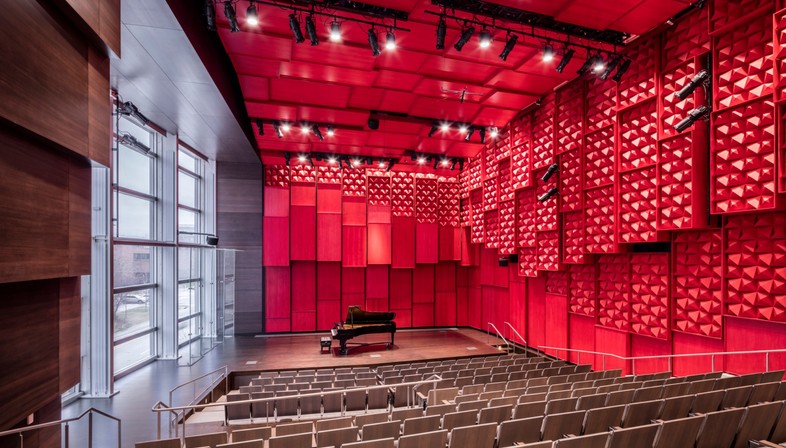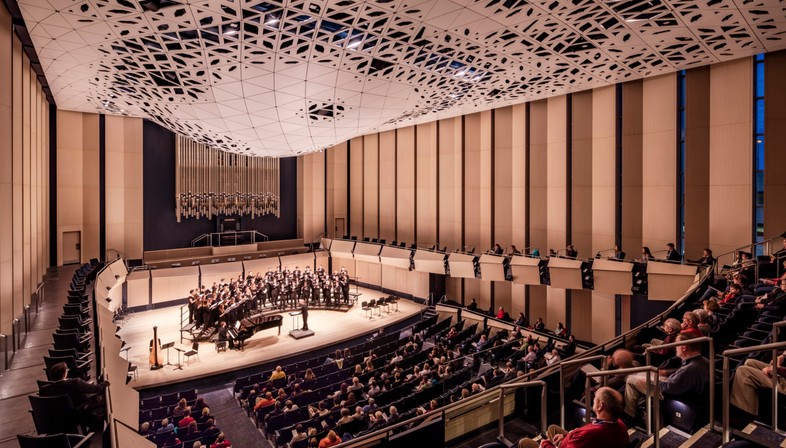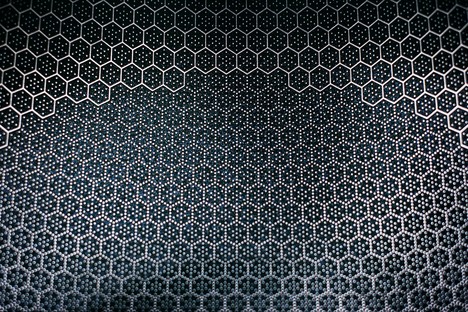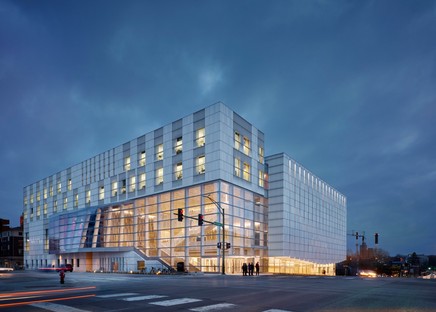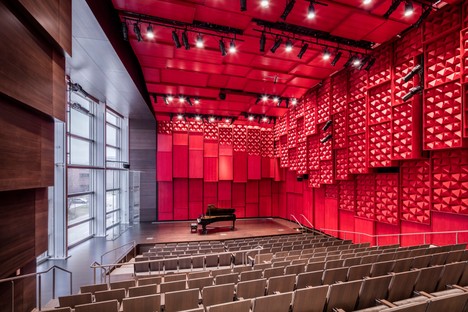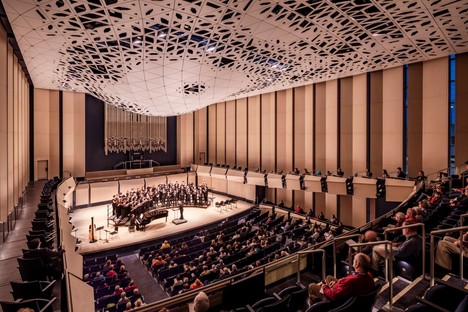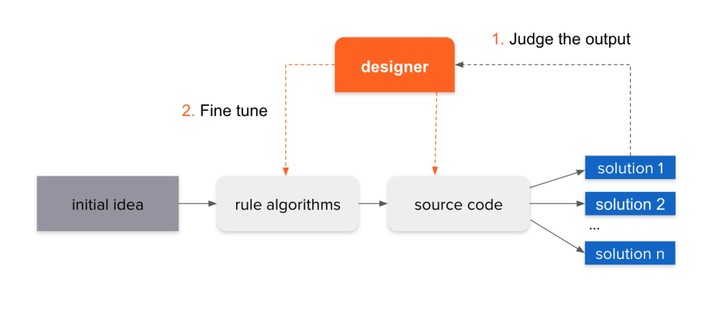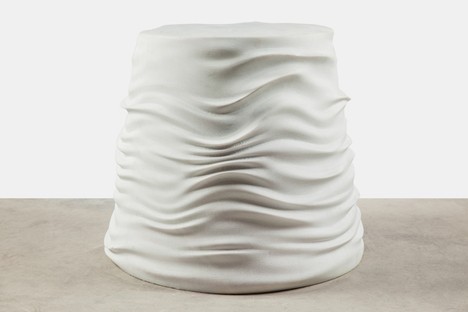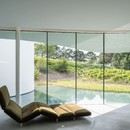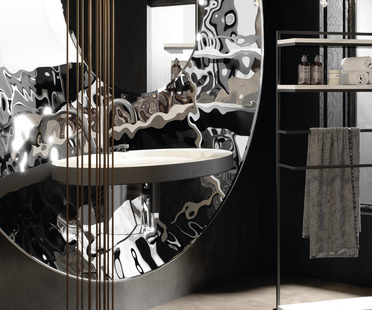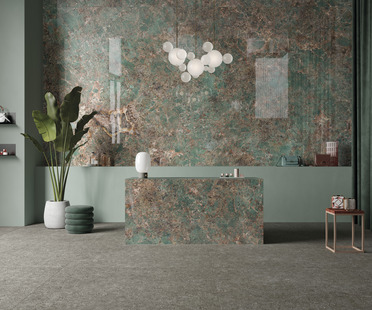07-03-2022
Generative design: a new frontier, or the death of creativity?
Generative Design, Automation, Design, Artificial Intelligence,

One potentially revolutionary application of artificial intelligence is design, combining the generative power of algorithms with BIM and parametric programs’ ability to deal with the qualities and forms of materials. This new field referred to as Generative Design basically entrusts the creative act of design to software. The task of the architect, engineer, or designer becomes one of simply defining requirements and constraints, letting the calculations take place, and then selecting the most satisfactory among the many possible results offered by the software.
This is not a technology under development, but a method and approach which is already in widespread use, employing one of the dedicated software programs, that have emerged from the evolution of parametric design. It has any number of practical applications, as we have seen, for the generative process may be used whenever a form is to be defined. The style of objects designed through the process is unusual, in that it is dominated by organic lines and hollow shapes, with the goal of optimising structural strength (or flexibility, as required) using as little material as possible.
Software producers caution that this does not mean the death of creativity, but the birth of a new approach that may be used to model construction strategies. According to some, it is not a matter of describing structures, but of co-creating them using computation capability. Rather than viewing the generative approach as antagonistic to the conventional one, it might be seen as complementary, as the output produced by the technology cannot be obtained in any other way.
Stan Allen, former Dean of the Princeton University School of Architecture, describes the basic difference between the digital and the computational as follows: “The digital is a state of being. It’s a condition. When you talk about computation, you’re talking about active processes”.
More and more companies are in fact handling workflows not simply through creation of data with CAD and photographic software but through active use of data, using a computer to generate, manipulate and apply the data in order to achieve the best possible result.
In an article published in Redshift, Phil Bernstein explains how the benefits of the generative approach go beyond the design phase. For example, the ceiling of the concert hall at Voxman School of Music, by LMN Architects, was to act as an acoustic reflector, a diffusor of light and air, and an architectural element, all at the same time.
[Left&Right: Voxman School of Music Concert Hall, by LMN Architects. Image by Tim Griffith]
"Using a series of generative-design scripts, the designers first prototyped and then created a unique architectural feature that made all that happen and used those same scripts to describe to the builder the exact geometry and construction sequence needed to fabricate and install the ceiling. The builder could then take the digital information computed by LMN’s generative algorithms directly to the fabrication floor, assuring absolute fidelity to the design the architects created, and manufacturing the system with computer-controlled accuracy."
The generative approach adopted by LMN not only created the design of the structure, but identified the best way of building it. We look forward to seeing how this technology will evolve in the future!
Cib
Images courtesy of:
LMN Architects – www.lmnarchitects.com // Tim Griffith – www.timgriffith.com
Guto Requena, Emanuel Touraine, Steve Jurvetson










